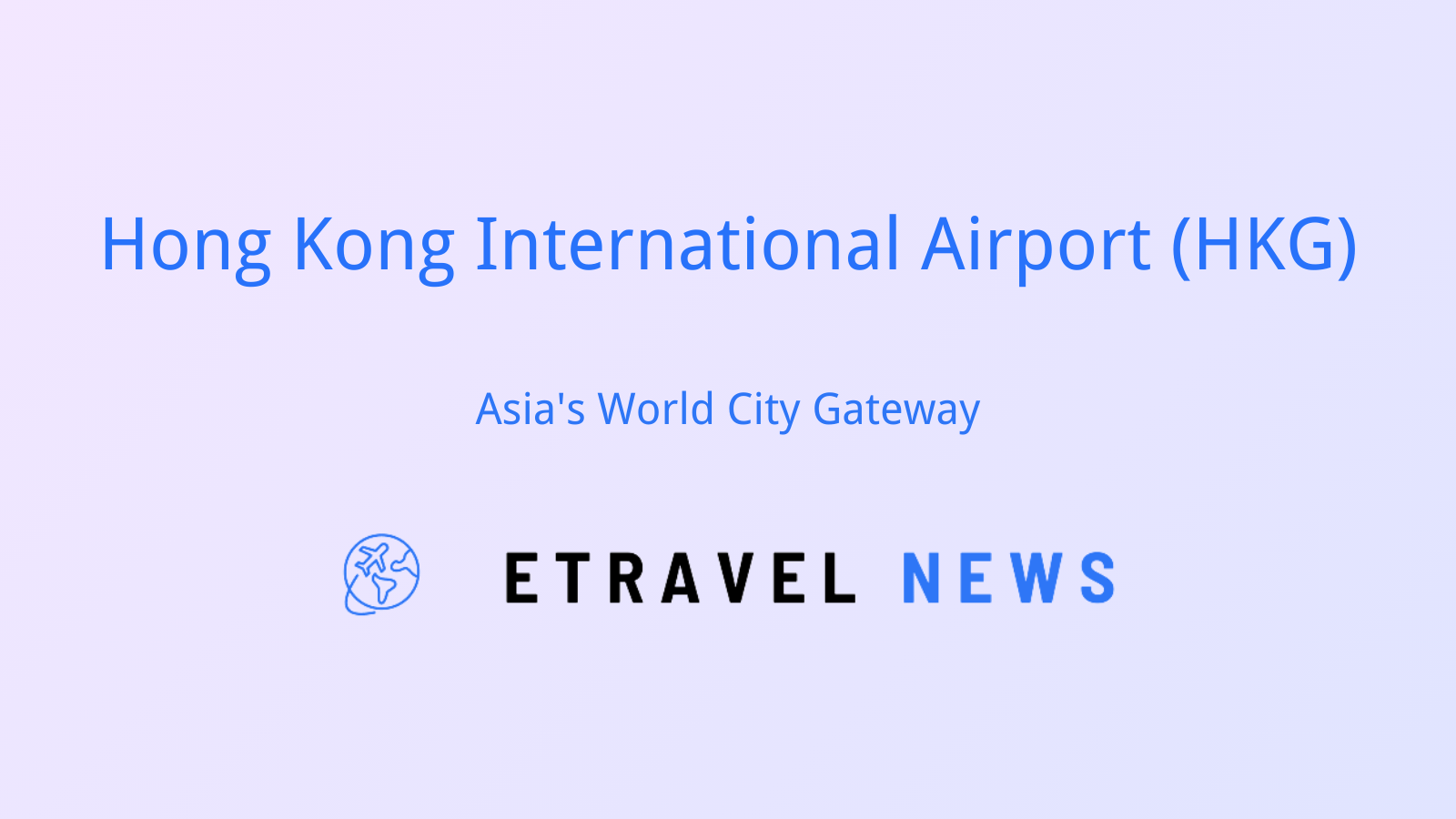Introduction to Hong Kong International Airport (HKG)
Hong Kong International Airport (HKG), also known as Chek Lap Kok Airport, has been a symbol of Hong Kong’s global connectivity since its opening in 1998. Built on reclaimed land, HKG replaced the older Kai Tak Airport, ushering in a new era of aviation for the region.
Key statistics highlight HKG’s impressive scale and reach:
| Metric | Value (as of 2023) |
|---|---|
| Annual Passenger Volume | Over 70 million |
| Cargo Handling | Approx. 5 million tonnes |
| International Routes | 220+ |
As a major Asian hub, HKG plays a crucial role in connecting China to the world, serving as a gateway for business and tourism in the Pearl River Delta region.
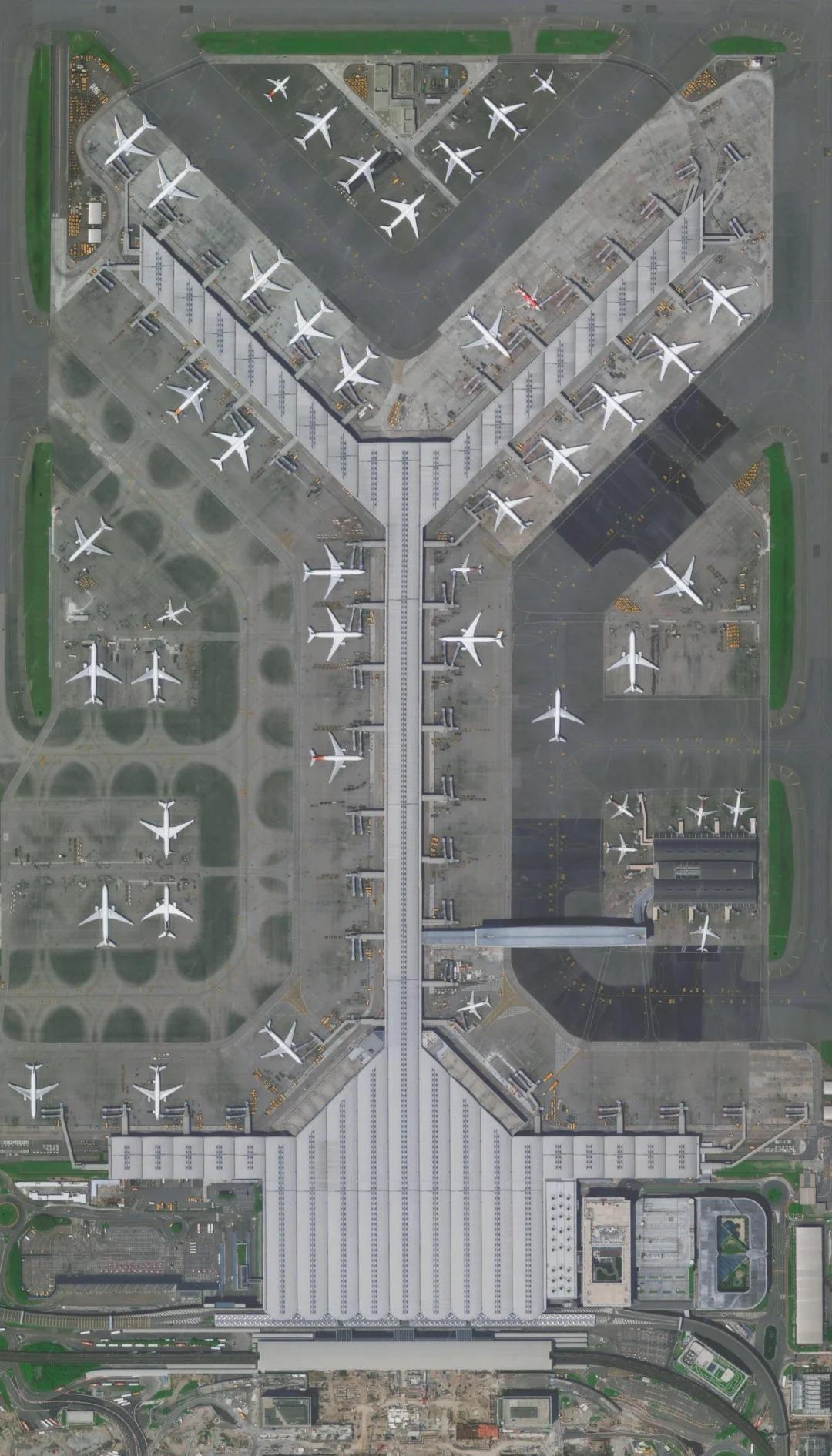
Airport Design and Layout
HKG boasts a sleek, modern design with a main terminal and two satellite concourses:
- Terminal 1: One of the world’s largest airport terminals
- Midfield Concourse: Opened in 2015 to increase capacity
- North Satellite Concourse: Dedicated to smaller aircraft
The airport’s design emphasizes sustainability, with energy-efficient systems and extensive use of natural light. The ongoing Third Runway System project aims to significantly boost capacity and maintain HKG’s competitive edge.
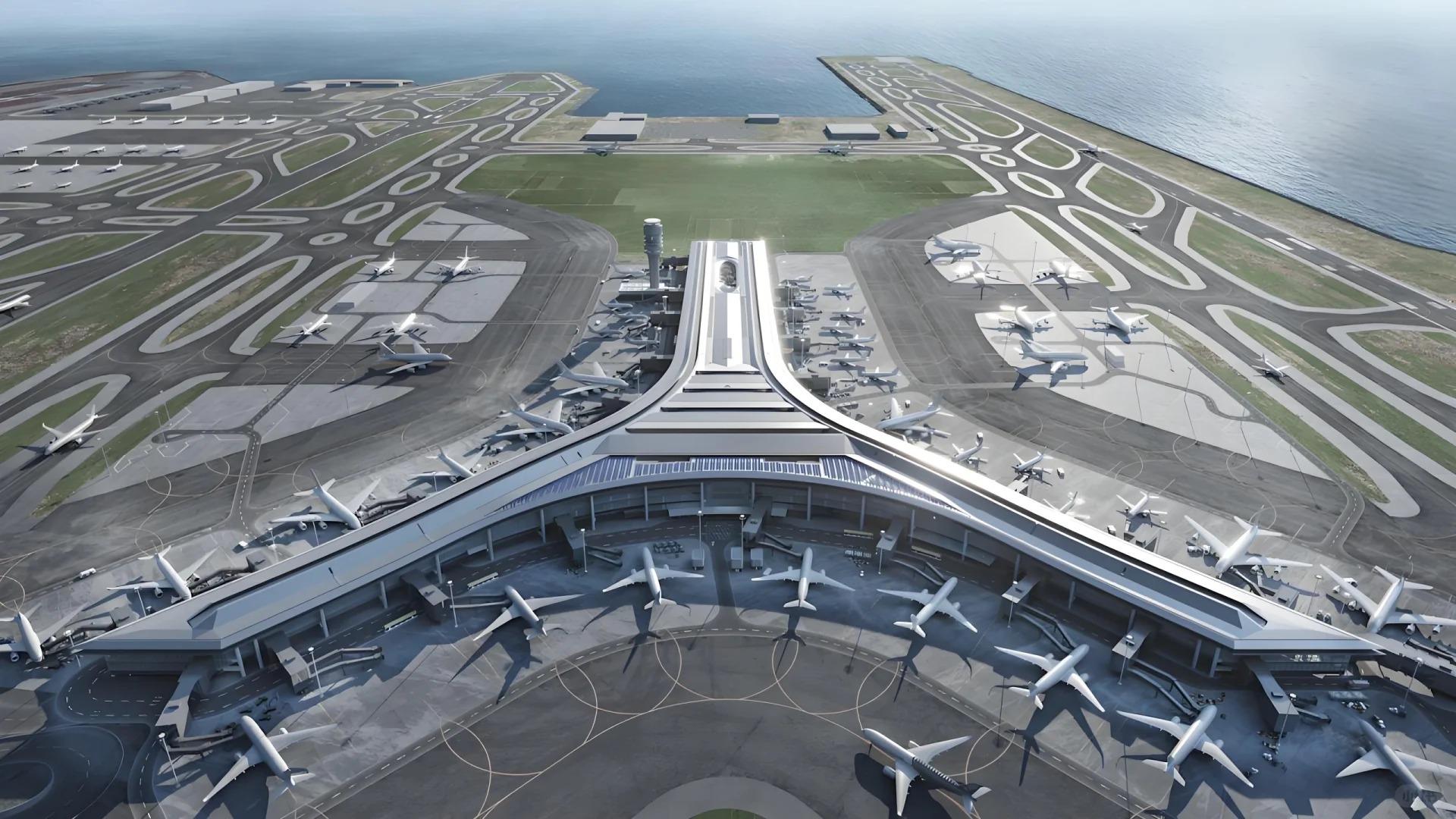
Transportation to and from HKG
HKG offers diverse transportation options:
- Airport Express:
- 24-minute journey to Central, Hong Kong
- In-town check-in services at Hong Kong and Kowloon stations
- Public Buses:
- Extensive network covering Hong Kong Island, Kowloon, and New Territories
- More economical but time-consuming option
- Taxis:
- Color-coded for different regions of Hong Kong
- Convenient but pricier option
- SkyPier Ferry Services:
- Direct ferries to Macau and several Pearl River Delta ports
- Allows travelers to bypass Hong Kong immigration
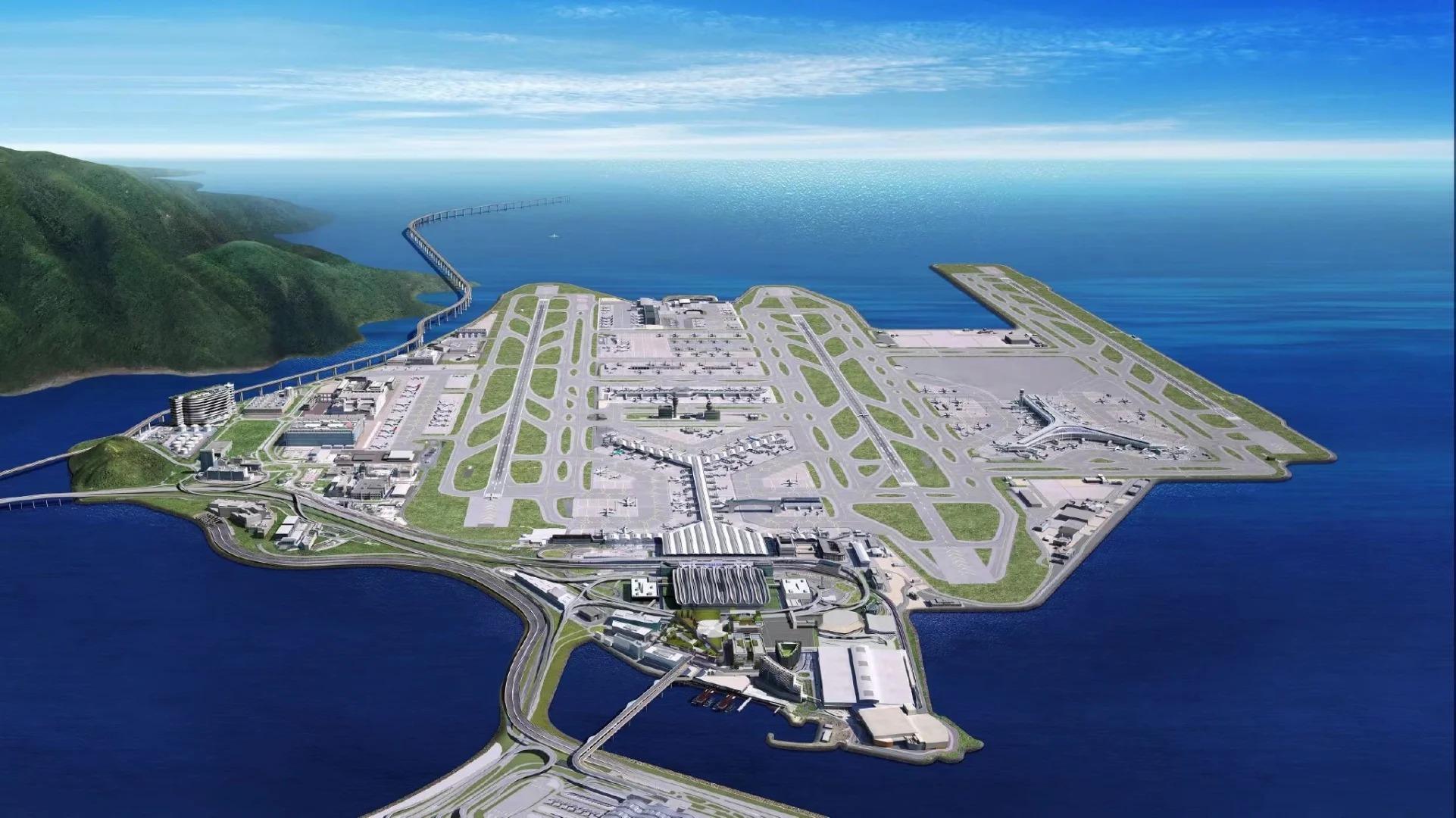
Facilities and Services at HKG
HKG offers world-class amenities:
- Lounges: Over 20 premium lounges operated by airlines and third-party providers
- Dining: A mix of local Hong Kong cuisine and international options
- Shopping: Duty-free stores and luxury brand boutiques
- Unique Amenities:
- IMAX theater showing aviation-themed films
- Aviation Discovery Centre for educational experiences
- Rotating art exhibitions showcasing local and international artists
These facilities ensure that time spent at HKG can be both productive and enjoyable.
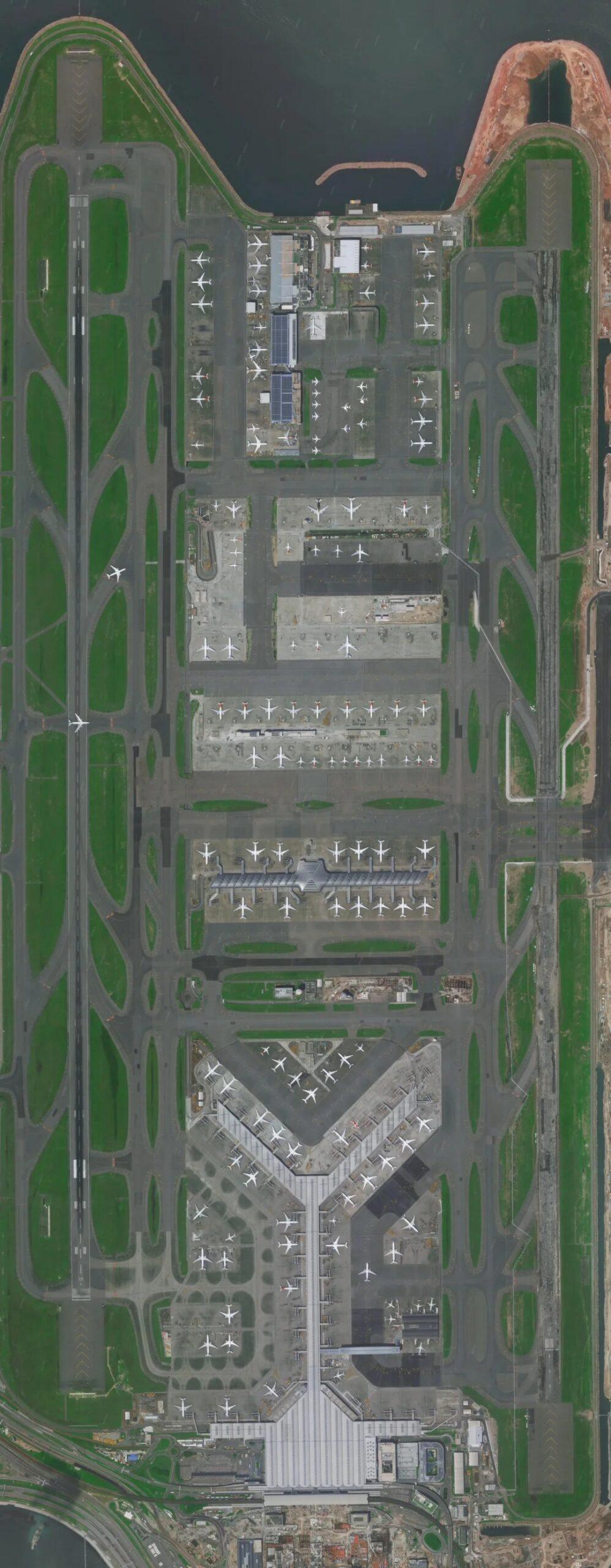
Airlines and Destinations
HKG serves as a hub for several major airlines:
- Cathay Pacific
- Hong Kong Airlines
- HK Express
Popular routes include flights to major Asian cities like Tokyo, Seoul, and Singapore, as well as long-haul destinations in North America, Europe, and Australia.
The airport’s efficient design facilitates smooth transfers, with a minimum connection time of just 60 minutes for many flights.
Tips for Navigating HKG
To ensure a smooth journey through HKG:
- Check-in: Use self-service kiosks or mobile check-in for faster processing
- Security: Prepare liquids and electronics for screening to save time
- Immigration: Use e-Channel services if eligible for faster clearance
- Connectivity: Free Wi-Fi and charging stations are available throughout the airport
Time-saving tip: Download the “HKG My Flight” mobile app for real-time flight information and airport navigation.
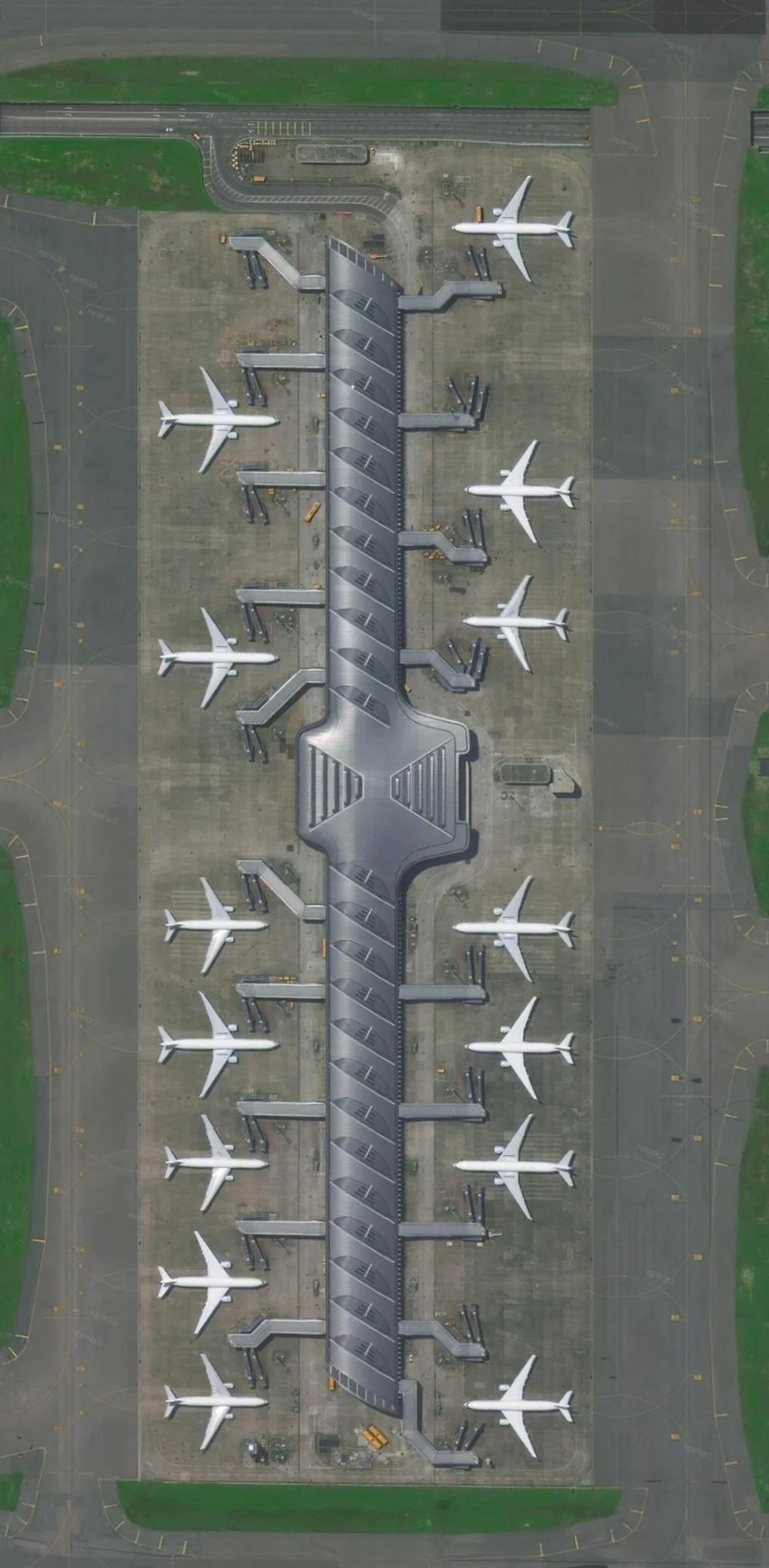
Beyond the Airport: HKG’s Impact on Tourism
HKG has been instrumental in cementing Hong Kong’s status as a global tourism destination. For travelers with long layovers, nearby attractions include:
- Ngong Ping 360 cable car and Big Buddha statue on Lantau Island
- Citygate Outlets for duty-free shopping
The Airport Express and extensive public transport network provide quick links to Hong Kong’s city center, allowing even short-stay travelers to experience the city’s highlights.
Future plans to enhance the traveler experience include:
- Integration of biometric technology for smoother passenger processing
- Expansion of retail and dining options in the new Third Runway concourse
- Enhanced sustainability initiatives to reduce the airport’s environmental impact
As Hong Kong continues to evolve as a global city, HKG remains at the forefront, offering travelers a glimpse into the efficiency, modernity, and cultural richness that define Asia’s World City.


